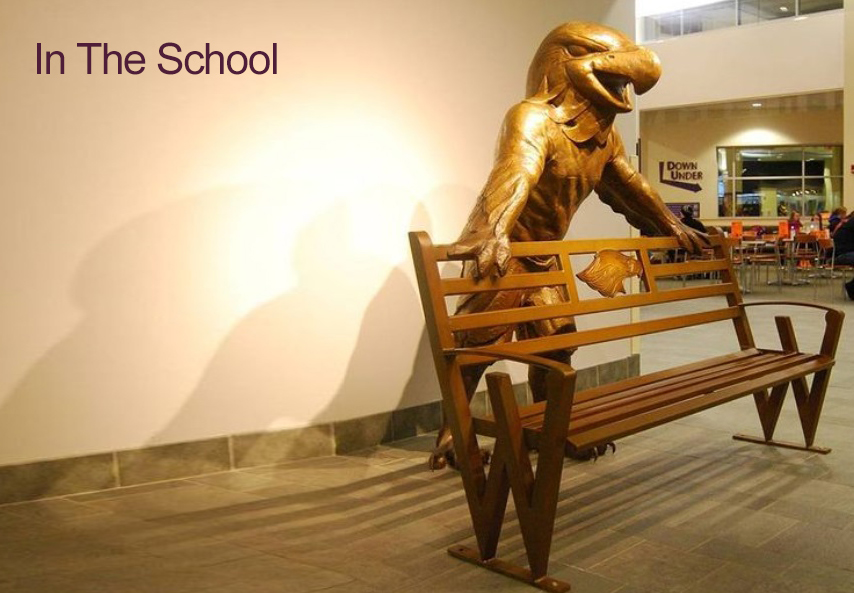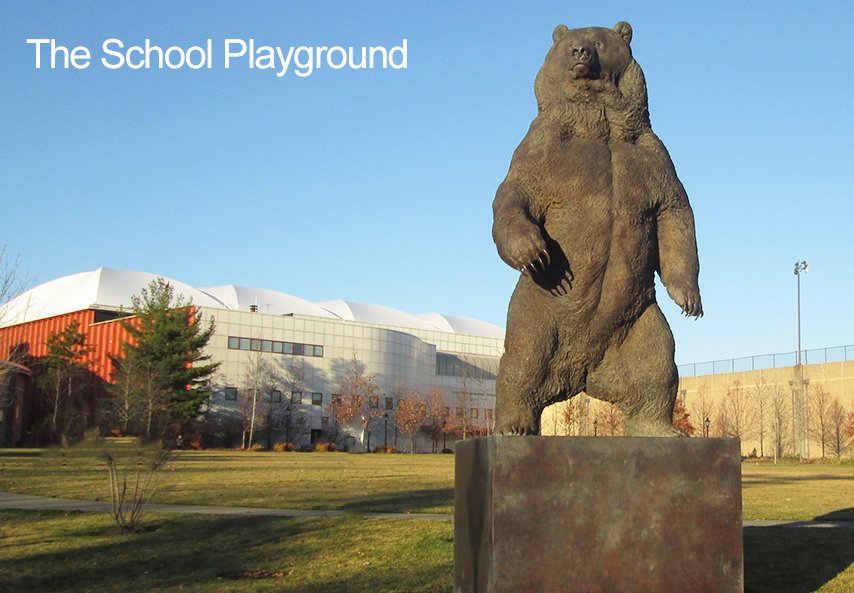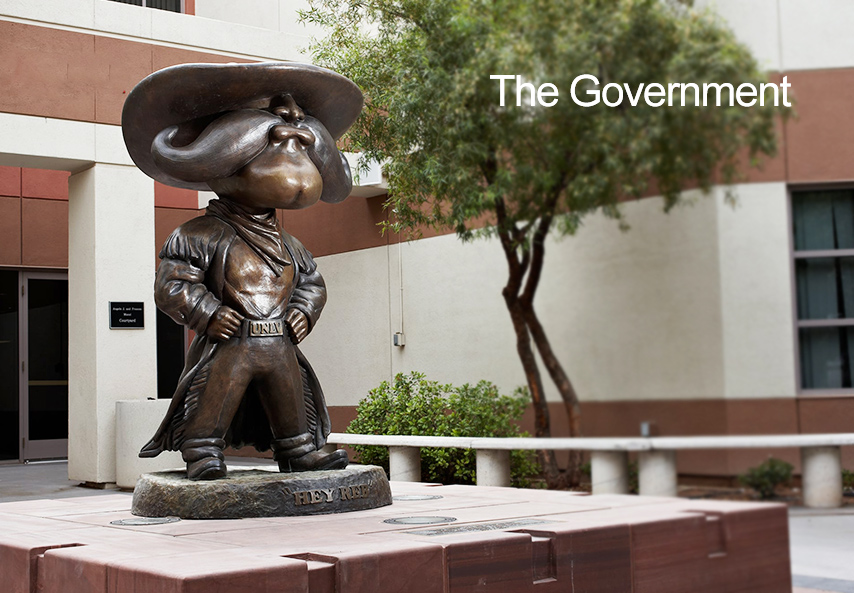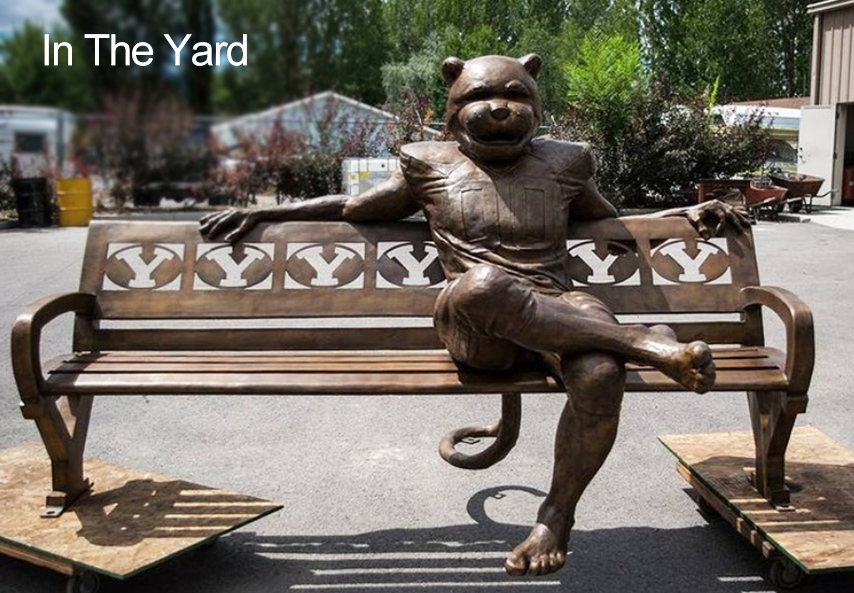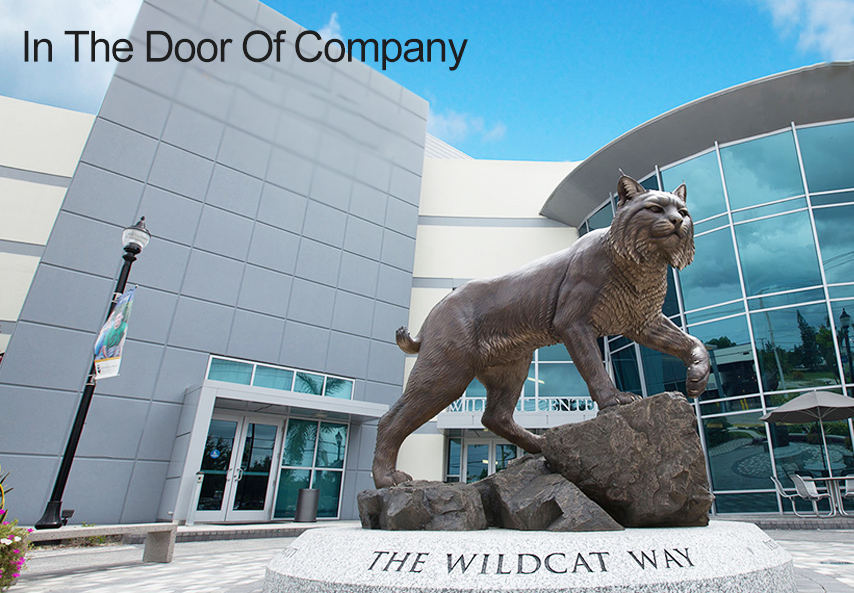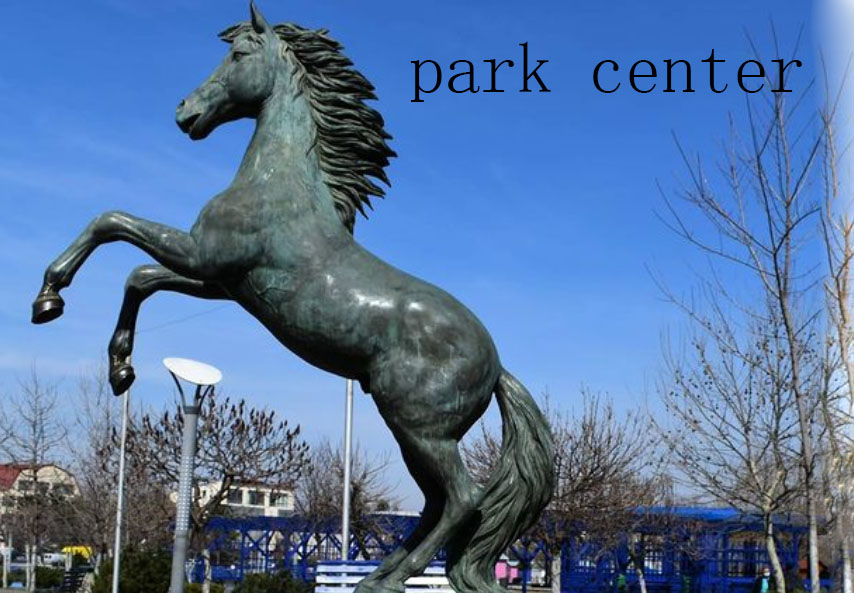Animal Mascots Sculpture
Aongking showed many options including the qualities and characteristics associated with the animal, its appeal to the target audience, and its relevance to the organization or team it represents. Here are some popular animals often used as mascots.
You get to see extraordinary auspicious meaning from a customized metal bronze HORSE sculpture mascot for park center.
How about choosing a good animal for a mascot?
Choosing a good animal for a mascot involves a thoughtful process to ensure that the selected animal aligns with the organization’s values, appeals to the target audience, and effectively represents the desired image or message. Here are some steps to help in choosing a suitable animal mascot:
- Identify the Organization’s Values and Traits: Understand the core values, characteristics, and identity of the organization or team. Consider what qualities you want the mascot to embody, such as strength, friendliness, intelligence, or teamwork.
- Research Animal Characteristics: Look into the traits and symbolism associated with different animals. Consider how these characteristics align with the organization’s values and messaging. For example, if you want to convey strength and leadership, a lion or an eagle might be a good fit.
- Relevance to the Organization: Choose an animal that has some relevance to the organization’s mission, location, or industry. For instance, a marine-themed organization might choose a dolphin or a whale as its mascot.
- Appeal to the Target Audience: Consider the preferences and interests of the organization’s target audience. A mascot that resonates with the audience will be more effective in generating enthusiasm and support.
- Uniqueness and Memorable Traits: Look for animals that stand out and have unique characteristics, making them memorable and easily recognizable. A distinctive mascot is more likely to leave a lasting impression.
- Cultural Sensitivity: Be mindful of the cultural symbolism associated with certain animals. Ensure that the chosen animal does not have negative connotations or offend any specific cultural or ethnic group.
- Practicality and Versatility: Consider the practical aspects of using the mascot, such as its appearance, costume design, and ease of movement. A practical and versatile mascot can participate in various events and engage with the audience effectively.
- Test the Concept: Before finalizing the decision, seek feedback from key stakeholders, team members, or potential audience members. Conduct surveys or focus groups to gauge their reactions to the proposed animal mascot.
- Customization and Branding: Once the animal mascot is chosen, consider customizing it to reflect the organization’s branding elements, colors, and logo. This will ensure a cohesive and recognizable brand identity.
- Commitment and Longevity: Choose an animal mascot that will stand the test of time and maintain its relevance and appeal over the years. Consistency in the mascot’s appearance and usage helps build a strong brand identity.
What considering several factors for getting a good animal for mascots?
Considering several factors is essential when choosing a good animal for a mascot. These factors will help ensure that the selected mascot aligns with the organization’s goals, resonates with the target audience, and effectively represents the desired image or message. Here are the key factors to consider:
- Relevance to the Organization: Select an animal mascot that has some relevance to the organization’s mission, values, or industry. The mascot should reflect the core identity and purpose of the organization, helping to create a strong and meaningful connection between the mascot and the organization’s message.
- Audience Appeal: Consider the preferences and interests of the organization’s target audience. The mascot should be appealing to the intended demographic, whether it’s children, sports fans, students, or customers. A mascot that appeals to the audience can enhance engagement and support.
- Symbolism and Characteristics: Research the symbolism and characteristics associated with different animals. Look for traits that align with the organization’s desired image and messaging. For example, if the organization wants to convey courage and strength, a lion or a bear might be suitable options.
- Distinctiveness and Memorability: Choose an animal mascot that stands out and has unique characteristics. A distinctive mascot is more likely to be memorable and easily recognizable, helping to leave a lasting impression on the audience.
- Cultural Sensitivity: Be mindful of cultural symbolism and potential sensitivities associated with certain animals. Ensure that the chosen animal does not have negative connotations or offend any specific cultural or ethnic group.
- Practicality and Versatility: Consider the practical aspects of using the mascot. The mascot’s appearance, costume design, and ease of movement should be practical for various events and engagements. A versatile mascot can participate in different activities effectively.
- Test and Gather Feedback: Before finalizing the decision, seek feedback from key stakeholders, team members, or potential audience members. Conduct surveys or focus groups to gauge their reactions to the proposed animal mascot. Feedback can provide valuable insights and help in making an informed choice.
- Brand Identity and Customization: Once the animal mascot is chosen, consider customizing it to reflect the organization’s branding elements, colors, and logo. This customization ensures a cohesive and recognizable brand identity for the organization.
- Long-Term Viability: Choose an animal mascot that will remain relevant and appealing over the long term. A mascot that withstands changing trends and remains relevant will help build a consistent and enduring brand identity.
